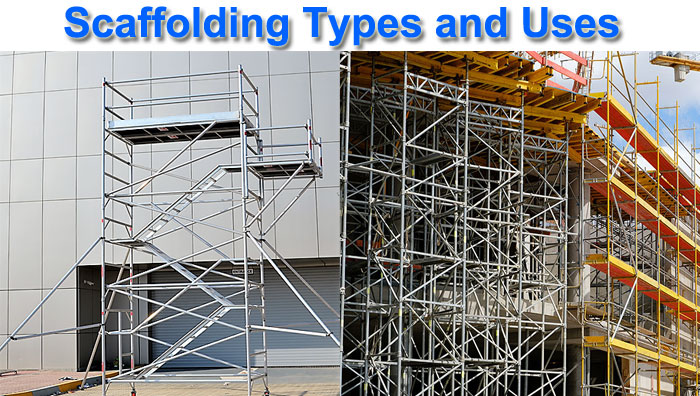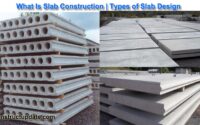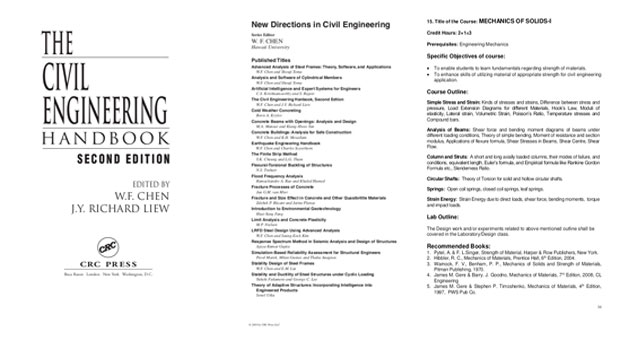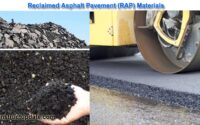7 Types of Scaffolding | Scaffoldings Uses | Different types of Scaffolds
What Is Scaffolding and How Does It Work?
Scaffolding is a temporary platform used to lift, support, and provide materials during the construction process to repair or clean a structure. There are the following top 7 types of scaffolding.
It is installed prior to the start of any building or maintenance activity. As a result, scaffolding will always be required, regardless of the scale of the structure.
This is done in order to keep workers safe on construction sites while the building is being maintained or built. In addition, during the construction period, it provides some support for a standing structure.
Scaffolding can be available in both wood and steel. To support workers and other building materials placed on it, it must be strong and stable.
Types of Scaffolding in Construction
1. Single scaffolding or brick-layers scaffolding
Single scaffolding is also known as brick layer’s scaffolding since it is commonly used for brick construction.
A single scaffolding consists of standards, putlogs, ledgers, and other items that correspond to the wall at a distance of approximately 1.2 metres. The distance between the standards is approximately 2 to 2.5 metres. The ledgers and standards are connected by a 1.2 to 1.5 m upright gap. Putlogs are extracted from the leftover gap in the wall between the ledgers on one end. Putlogs are spaced 1.2 to 1.5 metres apart.
2. Steel scaffolding
Steel scaffoldings are temporary platforms that workers stand on while working at heights above ground level, either supported from below or hanging from above.
Scaffolds may be required for a variety of building and construction operations to allow for easy working.
Steel scaffolding can range from simple boards nailed to the building’s structural components to elaborate patent scaffolding.
3. Double scaffolding or masons scaffolding
Mason’s scaffolding is a type of double scaffolding that is commonly used for stone masonry work. It’s also known as self-supporting scaffolding. Because it is difficult to cut holes in stone walls to hold putlogs, two scaffolding rows are built to make it more durable.
In double scaffolding, basically, the first row is about 20 to 30 cm from the wall, and the second row is 1 metre away. After that, putlogs that are supported by both frames are placed. Cross braces and rakers are included to make it more sturdy.
4. Cantilever or needle scaffolding
The standards of cantilever scaffolding are supported by a chain of needles that are drawn out through holes in the wall. This form of scaffolding is known as “single frame.”
The needles are supported inside the floors via the apertures in another type of scaffolding known as independent or double frame scaffolding. Care should be exercised when designing cantilever scaffolding.
Cantilever scaffolding is typically employed in the conditions listed below.
When the upper portion of the wall is being built
When the ground is near to the wall and traffic is light
When the ground can’t support the required standards
5. Suspended scaffolding
Suspended scaffolding is mostly used for painting work, repair, and other similar projects. The working platform is suspended from the roofs using chains, wire ropes, and other means. It may be adjusted to the desired height or depth.
6. Trestle scaffolding
In trestle scaffolding, the working platform is supported by movable ladders or tripods. It may be used up to a height of 5m. Trestle scaffolding is typically used for inside work such as repairs, painting, and so forth.
7. Patented scaffolding
Patented scaffolding is similarly made of steel, but it features unique couplings and frames that allow it to be adjusted to the desired height.
This kind of scaffolding is simple to set up and dismantle, making them ideal for short-term projects like maintenance.






